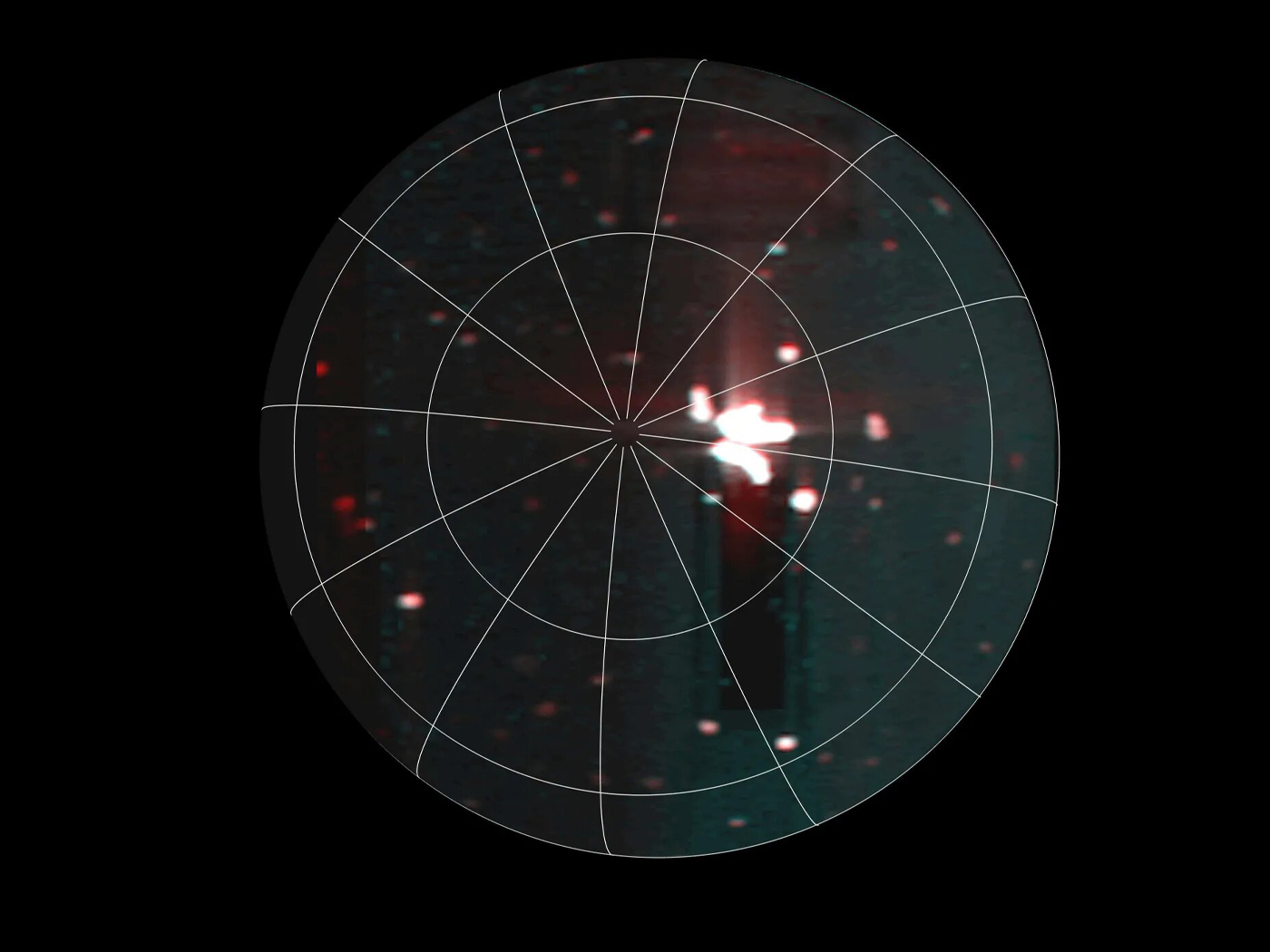
Do Bird Embryos Show Evidence of Evolving from Dinosaurs?
The majority of zoologists and vertebrate paleontologists believe that birds are actually flying dinosaurs. This even includes the world’s smallest bird, the bee hummingbird of Cuba.
Some scientists recently reported that they could allegedly see bird embryos passing through a dinosaur stage, which they interpreted as evidence of evolution.

God's Gift of Speech
Evolution is so flexible! It can be fast1 or slow.2 It can go forward or backward.3 It can add or eliminate structures—such as the alleged loss of parts of our voice box (larynx). Apparently, it can do anything that secular researchers need it to do.

Amazing Moth Compass
Most of us are familiar with the incredible ability of different animal groups to migrate (such as birds).1,2 But what about invertebrates?
Recently, scientists discovered that a moth called the death’s-head hawkmoth (as well as the dragonfly3) flies for miles, keeping on a path that’s narrow and straight.

The Passive Stealth Wing of the Moth
We appreciate the beautiful butterfly, but not so much the pesky moth. However, the wing structure of both creatures is amazing, “The wings of moths and butterflies are densely covered in scales that exhibit intricate shapes and sculptured nanostructures.”1

Speciation of Bears, Birds, and Bacteria is not Evolution
Speciation may be defined as the separation of populations of animals or plants that resemble one another closely and originally able to interbreed—into independent populations with genetic differences, and sometimes not able to interbreed with other populations to which they are directly related. Put another way, speciation is when one creature becomes two or more species.













